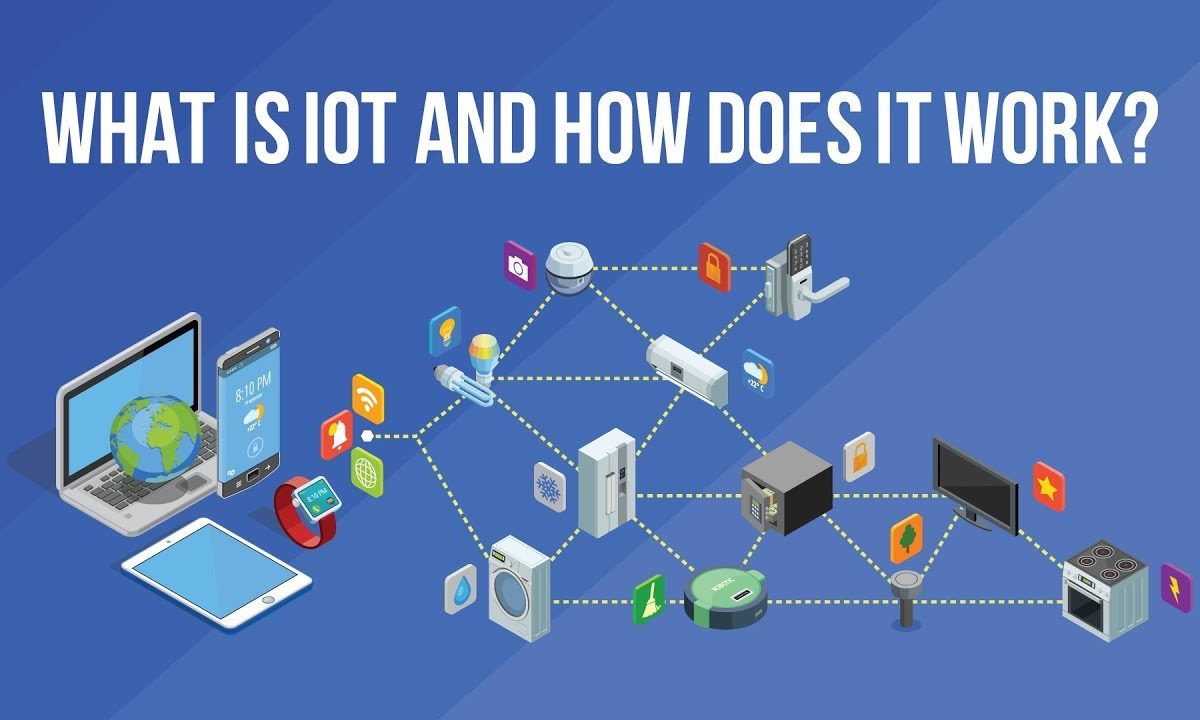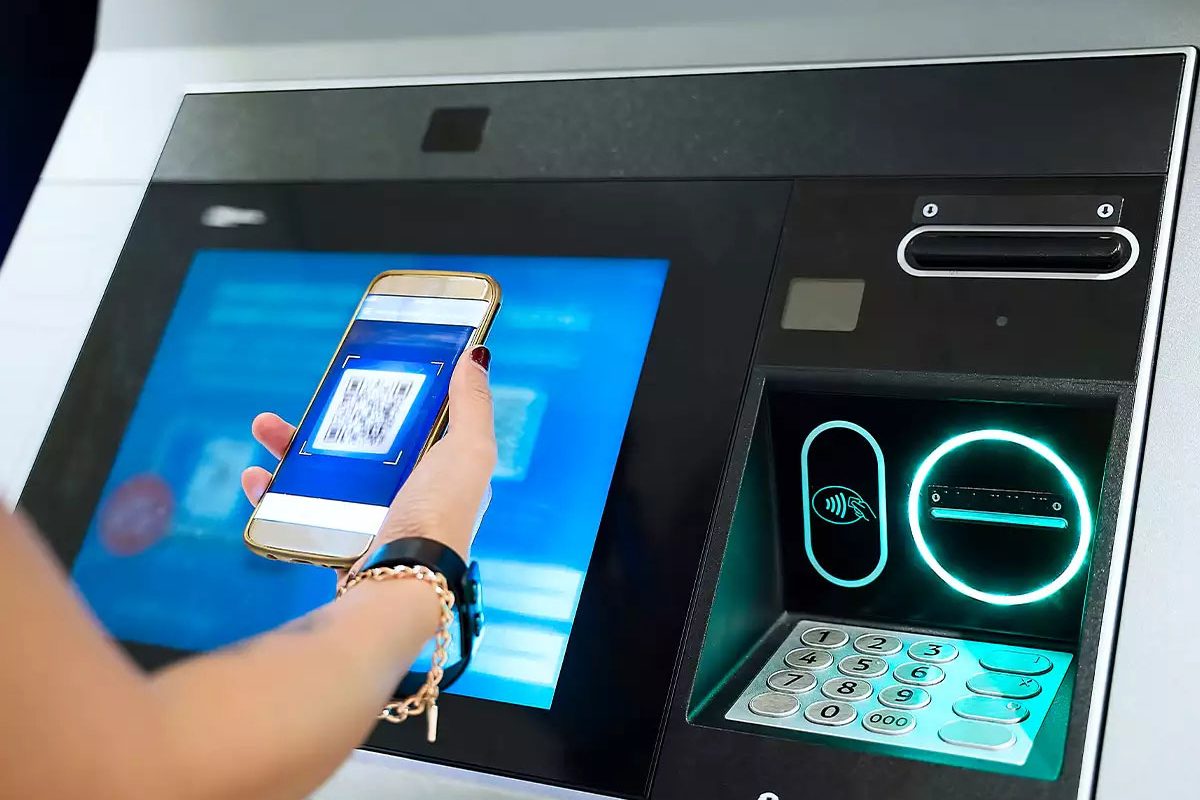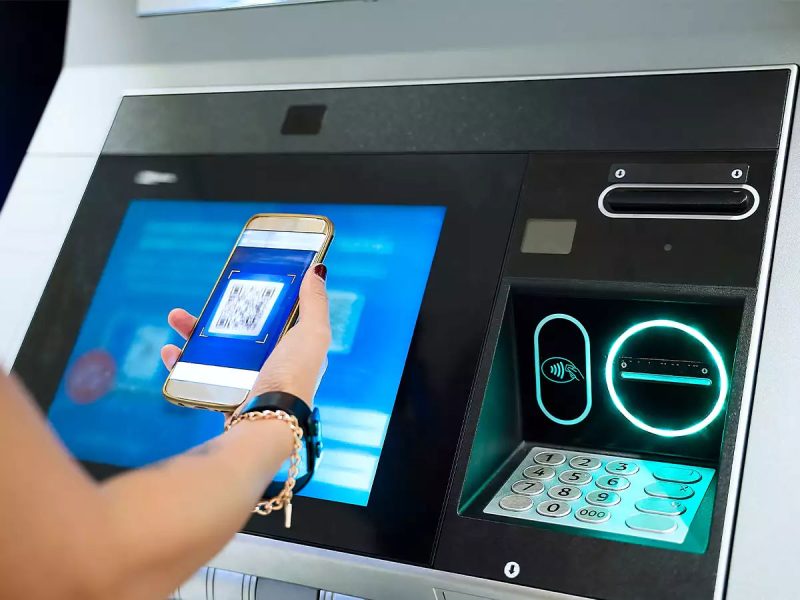We have advanced in technology since our earliest days; technology has entered every aspect of our lives. We are in a period of robust technologies like augmented and virtual reality.
Our lives intricately revolve around computers, smartphones, and television, which have seamlessly integrated into our daily routine and become an indispensable part of our lives. We find diverse information about our world and things going around using these sources.
Augmented realities and virtual realities have the potential to change the future. These technologies change how we interact with the big screens, creating new and exciting experiences. You should also know about Blockchain Technology to stay updated with the latest trends.
Virtual reality is an artificial world of the internet that is beyond our control and created through 3D animation software/modeling programs and computers. On the other hand, augmented reality is different from it. Augmented reality is an enhanced version of the physical world achieved using a combination of technologies.
So, let’s understand in detail about virtual and augmented reality or augmented vs. virtual reality.
What is Augmented Reality?
Augmented reality can be understood using several elements of the real world. It has several applications in the real world. This advanced technology is achieved through visual elements, images, and sensory stimuli.
AR is a real-time technology integrated with the user environment to improve their experience. The prime use of AR is to either create a visual environment or provide additional information to users. AR is used in many sectors, from decision-making to entertainment.
It’s completely different from the virtual world, which creates an artificial environment, and in AR, you directly interact with the surroundings.
Augmented reality focuses on creating a natural environment with perceptual information. This is the technology suitable for most mobile devices and the digital world. AR technology increases the user experience of the real world by adding some natural elements. The best thing is that it reflects the digital technology in the real world.
The best benefit of AR is it uses three-dimensional (3D) components with individual perception to create a better environment for the user. AR can be experienced through devices like smartphones and glasses. It delivers the visuals, any sensory information, and sound through these devices.
There are multiple AR sets available in the markets that let you see the world with a better vision. Microsoft HoloLens and Magic Leap are some common examples of it.
Types of augmented reality
There are various types of AR in the market required for different businesses. First, you have to decide what kind of AR you require. Marker-based and marker-less are two types of AR reality.
Marker-based AR:
These types of AR use visual recognition to identify the objects in your AR device or app. These apps can serve as the reference to your camera’s main viewpoint, helping it understand its position and orientation. The process involves shifting your camera into grayscale and comparing it to a marker stored in its database. When the right match is found, the devices use this data to calculate this data to determine where they have to place the AR image.
Marker-less AR:
Marker-less AR is more complex than Marker-based AR; it doesn’t rely on any specific point to focus. It identifies the objects as they appear in reality. The device recognition technology and a combination of features like color patterns to figure out the object. Then, the device camera overlays your image in your real-world environment.
How does Augmented reality work?
Augmented reality is used to create extensive user experience in the real world. It can be easily accessed through mobile, tablets, and glasses. It uses the position and orientation of the surrounding objects to correctly show the computer-generated perceptual information.
Hardware components are necessary to access AR.AR uses depth sensors, cameras, gyroscopes, and accelerometers to collect data from the user’s surroundings. It can easily measure the distance of objects, speed of motion, direction, and orientation. The collected data is then used to process the slow animation in real time and in relevant locations.
AR is also used in advanced applications like military training.
Benefits of Augmented Reality
Personalized learning enhancement:
AR enables personalized learning experiences catered to your needs and preferences. Learners can also engage with the content at their own pace and in a learning style that suits them. It will make the learning process more effective and easier.
Diverse Applications with Continuous Improvement:
AR technology is used in combination with applications that are in the improvement stage. Its adaptability ensures its use in various industries, from education to healthcare, gaming, and industrial training.
Enhanced Accuracy and Efficiency:
AR ensures accuracy and efficiency in various types of tasks. It helps with real-time data, analytics, error reduction, and performance optimization in areas like assembly, maintenance, and navigation.
Remote Knowledge Sharing:
With AR technology, individuals can also share their knowledge over long distances. This is extremely helpful in remote training or collaborative work when people are not together but can easily exchange knowledge despite the geographical gaps.
Virtual reality:
Virtual reality takes you to the world of artificial reality, which you can access through screens, displaying a virtual environment. You need to put headphones on your ears and a screen that allows you to look around you by moving your head 360. These headsets use head-tracking technology that lets you watch in the virtual world by moving your head 360 degrees. The display will follow the direction of your movement to show you the virtual environment. With the use of a sound jack and screen creates an artificial environment.
How does VR work?
VR is one of the fastest-growing technologies that takes us into the virtual world. The process of VR starts with the VR headsets and a screen. To access the VR world, users need to initiate the game application on their PC or console.
Once the VR is connected, the user can fully engage themselves in the immersive world of VR. A headset is certainly placed in the user’s head, which acts as the main controller and encompasses their peripheral vision.
It’s like a motion controller that controls the on-screen experience or navigates its own movement to go in different directions. As long as users weather headsets, they will persist in their dynamic interaction and respond to user movements and controller inputs.
Benefits of Virtual reality
Immersive Learning:
VR and AR technology provide an immersive learning experience for users, which is not possible in a normal environment. This can lead to better learning ability and increased engagement for learners. When students are more engaged in what they are learning, they will likely better understand and remember the educational content.
Exploration of the Virtual World:
With the access to VR, users can learn about the different perspectives. The interactive environment of VR allows users to see different scenarios that wouldn’t be possible in traditional settings. This can also be useful in subjects that need visual and spatial understanding, such as geography, biology, history, and other branches of science.
VR technology allows users to interact with #d models, travel to a historical period and understand complex topics, explore geographical reasons, and make the learning experience better and more memorable.
Interactive Learning:
The interactive environment provided By VR helps users actively participate. Students not only passively receive the information, but they directly engage in the learning process. This makes the problem-solving, decision-making, and experimenting better.
Multisensory Learning:
By using VR technology, you can involve yourself in multiple senses, such as hearing and sight, and create a diverse learning experience. The multisensory approach can be helpful in learning subjects that require a sensory environment, like learning different languages, art, and science experiments.
Cost-Efficiency:
While spending money on different learning platforms can be costly. But with VR technology, you can get immersive learning experiments within the Budget and for the long run. For e.g., virtual labs can replace the need for a physical laboratory environment. Besides that, Virtual field trips can replace costly travel expenses.
Conclusion
AR and VR are both really advanced technologies that have an impressive future. With the increasing momentum, both these technologies will change the perception of the world in the near future. These technologies have several applications in real life and also used in different areas like healthcare, education, tech, and more.
FAQs
How VR and AR reality are different from each other?
Augmented and virtual reality are completely different from each other. Augmented reality focuses on expanding user experience by incorporating digital information into the real world via visual devices, sensory elements, and sounds. Conversely, virtual reality is an artificial environment that users access through VR headsets and screens.
Augmented reality comes in use to integrate digital information into the real world with the help of visual elements, sounds, and other sensory stimuli to make the user experience better in the real world. In comparison, virtual reality is totally an artificial environment that helps users to explore in 360 degrees.
What are the components of AR and the working mechanism?
Augmented reality is a technology that improves the use of real-world expenses by bringing computer-generated perceptual information through cameras, gyroscopes, depth sensors, accelerometers, and artificial intelligence.
What are the benefits of augmented reality?
Augmented reality offers numerous benefits, such as a personalized learning environment to students, accuracy and efficiency, and remote sharing.
How many types of augmented reality are there?
Marked-based AR and market-less AR are the two main types of augmented reality available in the market. Market-based reality works using visual elements to collect information from the user’s surroundings. On the other hand, Market-less reality identifies the objects as they appear.
What are the advantages of virtual reality in the educational sector?
Virtual reality brings a comprehensive learning experience for users, promoting visual and interactive learning and multisensory learning. It eliminates the extra cost of education, bringing better and more efficient learning experiences for students.
What are some examples of augmented reality?
Some common example of augmented reality includes Pokémon Go, and virtual toy cars.
Which sectors are applying augmented reality and virtual reality the most?
Virtual industry and augmented realities have many applications in the real world. They come to use in education, healthcare, technology, entertainment, and more.




























